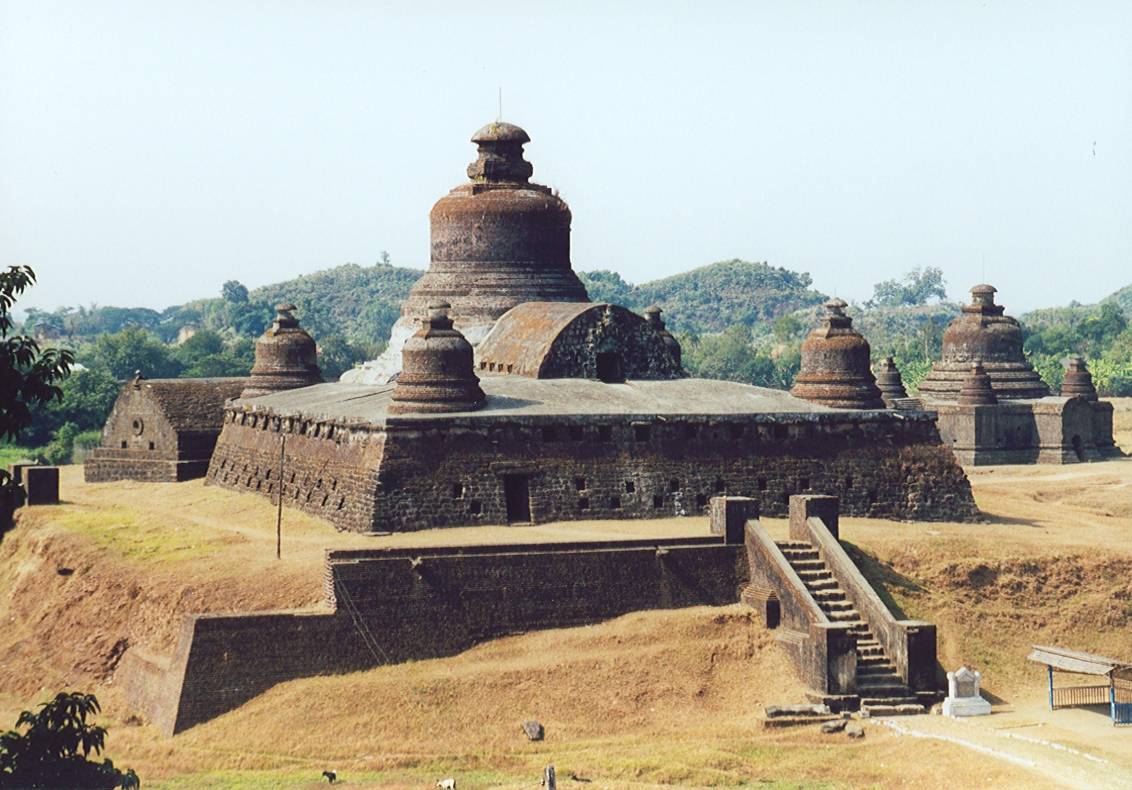The Htukkanthein Temple, nestled in the ancient city of Mrauk U in Myanmar, stands as a testament to the architectural ingenuity of the Arakanese during the 16th century. This Buddhist temple, known for its fortress-like appearance, is one of the most prominent landmarks in the region. It features a unique layout with a central corridor and multiple chambers housing over a hundred Buddha images. The temple’s strategic elevation on a hill and its intricate carvings and sculptures reflect the religious devotion and artistic sophistication of its creators.
Religious Structures
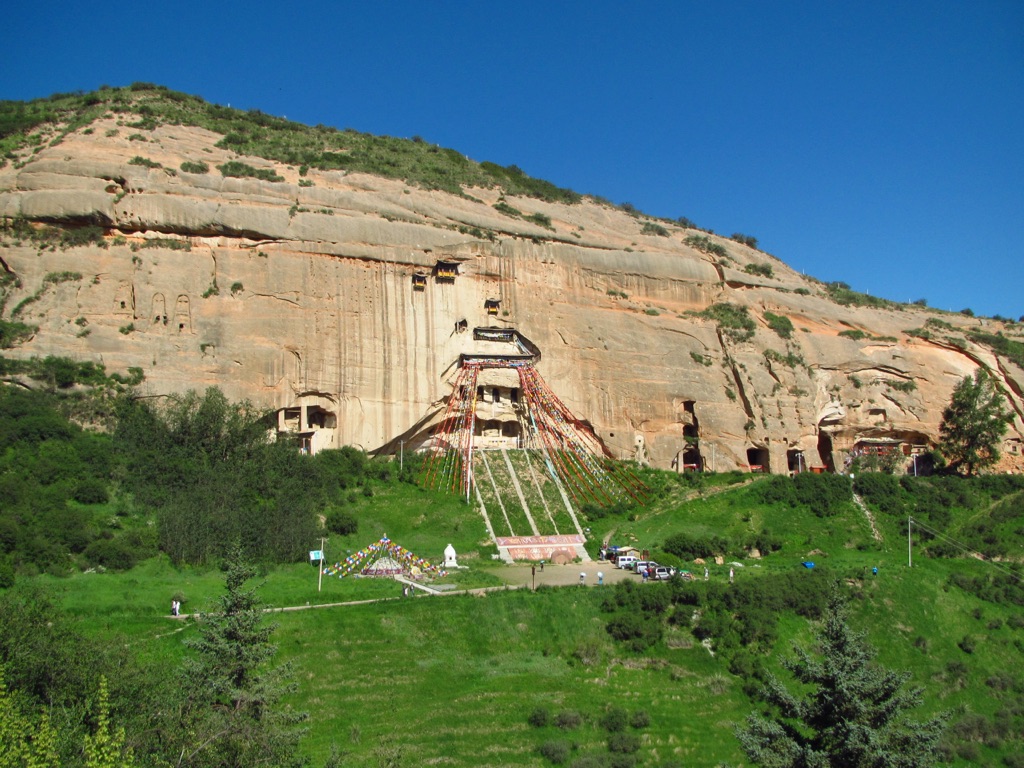
Mati Temple grottoes
The Mati Temple grottoes, nestled in the cliffs of the Hexi Corridor, are a stunning example of Buddhist art and architecture. These grottoes, also known as the Horse’s Hoof Temple, are a series of caves carved into the rock face, showcasing a rich collection of Buddhist statues and frescoes. They are located in Gansu Province, China, and represent a fusion of Indian Buddhist art with Chinese cultural influences. The site is a testament to the spread of Buddhism along the Silk Road and is a valuable piece of cultural heritage that has attracted scholars, tourists, and pilgrims for centuries.
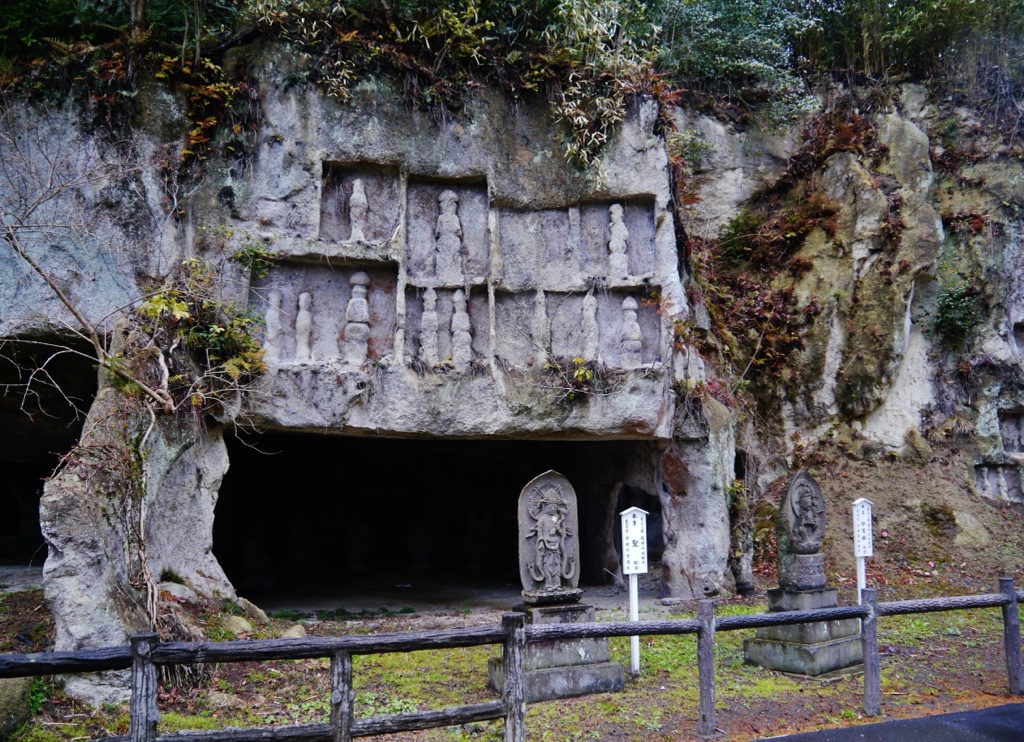
Zuiganji Temple Caves
Zuiganji Temple Caves are a significant historical and cultural site located in Miyagi Prefecture, Japan. These caves, adjacent to the Zuiganji Temple, served as sacred spaces for spiritual practices. They date back to the late Heian period (12th century) and exhibit a blend of religious and historical significance. The caves were carved into the limestone cliffs and have been a place of worship and meditation for centuries. They contain various Buddhist statues and religious artifacts, reflecting the deep spiritual heritage of the area.
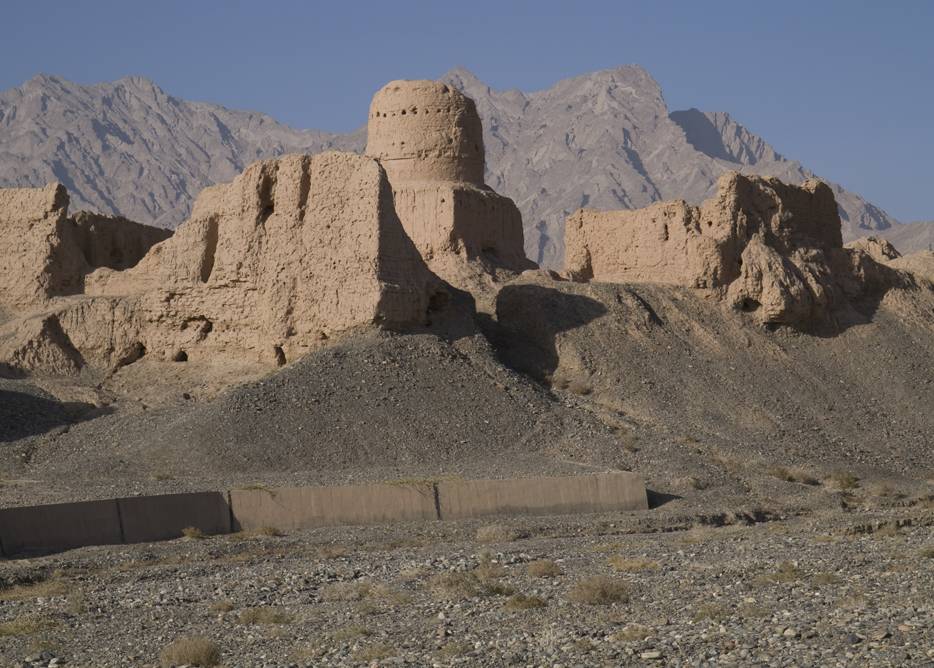
Subashi Temple
The Subashi Temple, nestled in the Taklamakan Desert of China’s Xinjiang region, stands as a testament to the rich tapestry of Silk Road history. This Buddhist temple complex, now in ruins, once served as a spiritual hub for travelers and monks. It offers a glimpse into the religious and cultural exchanges that took place along this ancient trade route. The temple’s remnants, with their intricate carvings and architectural prowess, continue to intrigue historians and archaeologists alike.
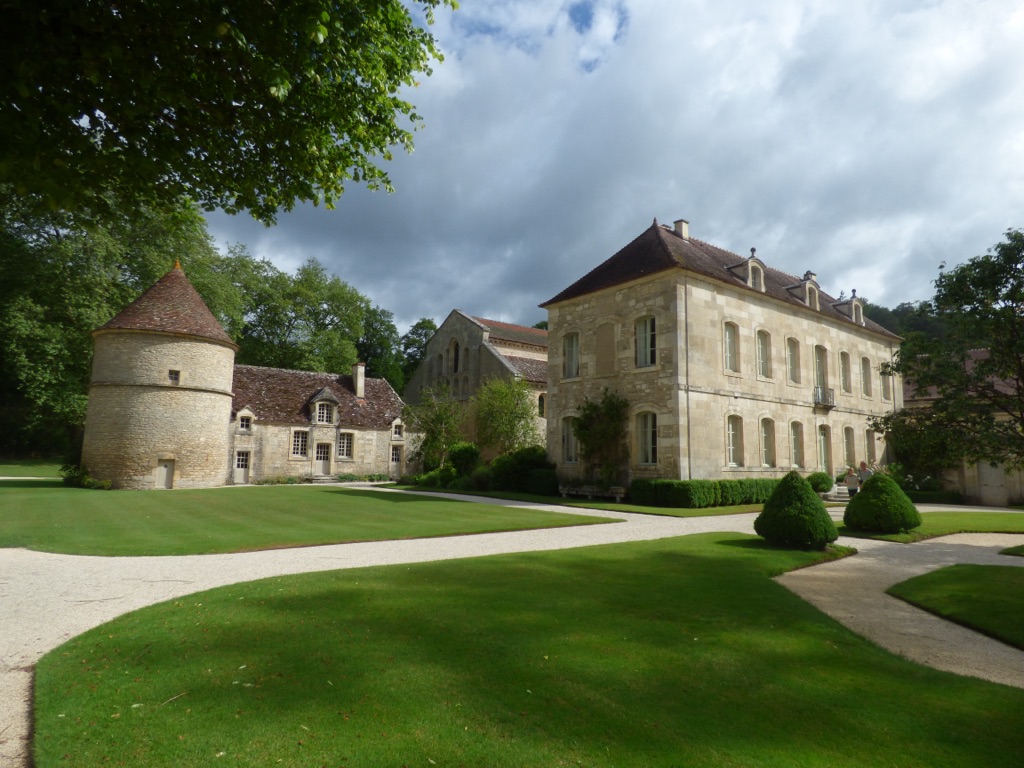
Abbey of Fontenay
The Abbey of Fontenay is a former Cistercian monastery in France, founded by Saint Bernard of Clairvaux in 1118. It is one of the oldest and most complete Cistercian abbeys in Europe. Nestled in a small valley in Burgundy, the abbey was built with the intention of following the strict observance of the Rule of Saint Benedict. Over the centuries, it has been a center of religious life, economic activity, and architectural innovation. The abbey was declared a UNESCO World Heritage site in 1981, recognizing its historical and cultural significance, as well as its well-preserved state that provides insight into the life of Cistercian monks.
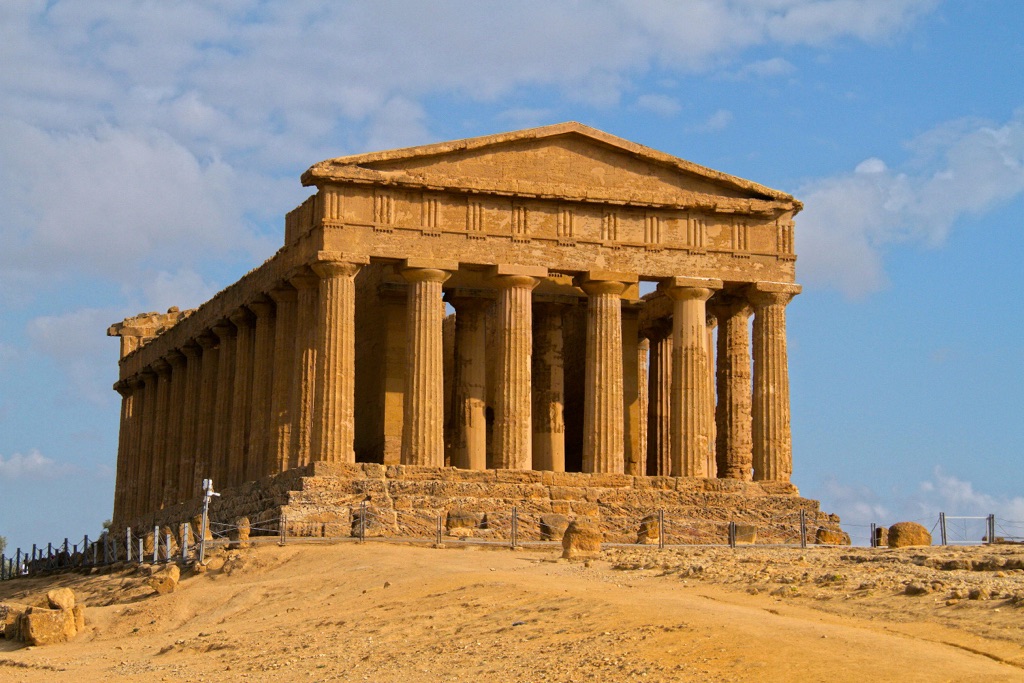
Valley of the Temples
The Valley of the Temples is a stunning archaeological site in Sicily, Italy, renowned for its well-preserved ancient Greek temples. This UNESCO World Heritage site, located near the town of Agrigento, is one of the most significant examples of Greater Greece art and architecture. The temples, built during the 5th and 6th centuries BC, stand as a testament to the wealth and power of the ancient city of Akragas. The site attracts scholars, tourists, and history enthusiasts from around the world, eager to witness the grandeur of these ancient structures.

